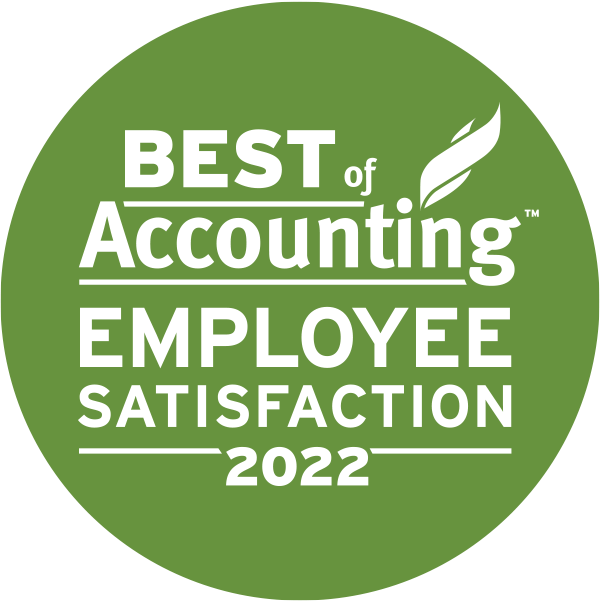Every business owner faces the decision of succession at some point, leaving a big question. Who would succeed in the business and cherish and grow it with the same passion as you did? The answer to this question has made Employee Stock Ownership Plans (ESOPs) a popular option among Canadian startups and small business owners. Most small business owners offer ESOPs to attract and retain talent, and even employees stay with the company for ESOPs.
In this article, you will learn about ESOPs and how it works, especially for startups and small business owners.
What are Employee Stock Ownership Plans (ESOPs)?
ESOPs is a policy document that lays out the framework for gradually transferring a company’s ownership to employees tax-efficiently. There are two parts to ESOPs,
- The Option Pool
- The Option Award Agreement
The Option Pool is a separate trust where the company holds a portion of its shares that it can award as options to employees in the future. The ESOPs policy document determines how much percentage of issued shares should go into the options pool and what type of shares it should be (voting, non-voting, preferred shares).
The shares in the Options Pool cannot be used for any other purpose as long as the Pool exists. Therefore, be careful when preparing the Options Pool and ensure it has sufficient shares for ESOPs, as it is complicated to change the pool size later.
The Option Award Agreement is a contract between the company and an employee where the employee has the option to purchase the company’s shares in the future at their present value. The current value is called the Exercise Price. As ESOPs are a contract, it has an expiration date. If employees don’t exercise their option by expiry, the options will expire and be returned to the Options Pool. The company can reissue the options returned to Pool to other employees. ESOPs policy lays out the framework for the options award agreement, but you can customize it for every employee.
If the company grows well, ESOPs can add significant value. For instance, company X grants its employee Sam 10,000 ESOPs at $1. After a few years, the company grows, and the share price grows to $10. So Sam can exercise the option and buy 10,000 shares of company X worth $100,000 for just $10,000, making a profit of $90,000.
How Employee Stock Ownership Plans (ESOPs) Work?
An Employee Stock Option Plan gives employees a share in the company’s future growth. To set up an ESOP, you establish the Options Pool and determine how many claims would be in the Pool. Many entrepreneurs keep 10%-20% of the issued shares in the Pool. No one owns these shares. Hence, they don’t attract tax as long as they are in the Options Pool.
Next, you create a framework for how ESOPs will be awarded to employees. If you give all the options at one time, it would be counter-productive. The objective is to attract and retain employees. Hence, you can start offering ESOPs after an employee completes a specific tenure with the company. This time is called a cliff period. So if your cliff period is one year, an employee that leaves in 11 months won’t get ESOPs.
You can determine a formula to award these options. It can be incremental with time. It can be based on employee tenure, pay, a milestone achievement, or equal for all. Many C-level executives have their ESOPs tied to share price and profit margin goals. This process of gradually awarding the options is known as vesting. Employees don’t pay tax on ESOPs as it is an option to buy shares in the future, and no shares have exchanged hands.
If an employee leaves the organization, the company is obligated to buy the option if it is not a publicly traded company. When employees exercise the option, the shares become taxable.
What Makes Employee Stock Ownership Plans (ESOPs) Attractive to Startups and Small Business Owners?
The way ESOPs work, startups and small businesses can use them to attract and retain talent without having to spend any money at present. As employees have the option to get a share in the company’s profits, it helps them to grow with the company. As in our above example, Sam had the motivation to contribute to the company’s growth and enhance the value of his options. This benefits startups and small businesses to grow together.
ESOP redistributes wealth to employees, fostering a feeling of ownership and accountability. This entire strategy answers many pressing questions, like
- How to achieve a higher retention rate, create growth and improve margins?
- How to exit the business while preserving its culture?
As you plan to retire, you can sell your shares to ESOPs and get liquidity. You are assured these shares will be allotted to those who can preserve the company and its culture. But ESOPs have their drawbacks.
ESOPs will only give you the fair market value of your shares. A strategic buyer might give you a premium for your shares if the company attracts buyers. Moreover, ESOPs are complicated, expensive, and only beneficial if the company grows. The company could face a significant bill if several old employees leave the organization.
ESOPs’ advantages outweigh their drawbacks. You should consult a business and tax advisor to get a bird’s eye view of ESOPs for your business.
Contact McCay Duff LLP in Ottawa to Help You Evaluate ESOPs For Your Small Business
You can always contact a professional business consultant to evaluate ESOPs and other success options. At McCay Duff LLP, our consultants can guide and help you through the entire process of setting up an ESOP policy document that is best suited for your startup and in line with your business goals. To learn more about how McCay Duff LLP can provide you with business exit strategies, contact us online or by telephone at 613-236-2367.





